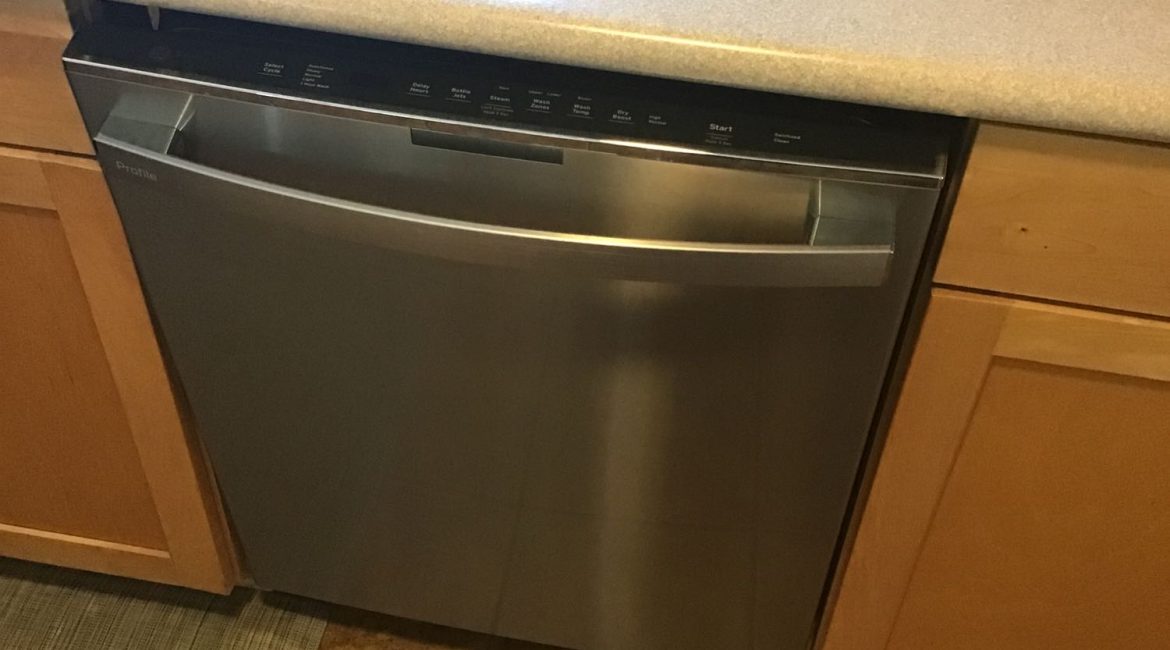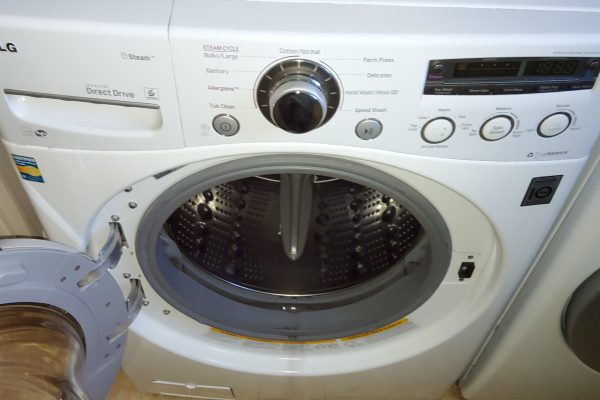If you own a Bosch dishwasher, you’re likely familiar with its reputation for quiet, efficient performance. However, even the most reliable appliances can develop issues over time. One common problem some Bosch users face is that while the machine runs a full cycle, the dishes come out greasy or poorly cleaned. If that sounds familiar, the issue may lie in a component you rarely think about: the circulation pump.
What Does the Circulation Pump Do?
The circulation pump is the heart of your dishwasher’s cleaning process. It draws water from the bottom of the unit, sends it through the heating element (if applicable), and forces it up through the spray arms at high pressure to effectively clean your dishes. When functioning properly, this pump maintains the right amount of water pressure throughout the wash cycle to blast away food residue and grease.
Symptoms of a Worn Circulation Pump
A worn or failing circulation pump doesn’t usually stop the dishwasher from running altogether. Instead, it compromises the machine’s efficiency in subtler ways. Here are common symptoms:
- Greasy or dirty dishes after a cycle: Food particles, oils, and grime aren’t removed because there isn’t enough pressure to circulate water effectively.
- Weaker spray from spray arms: Low water pressure means that the spray arms don’t spin or shoot water as forcefully as they should.
- Longer cycle times: The dishwasher may try to compensate by extending the washing time, but without pressure, this doesn’t improve performance.
- Unusual noises: A strained or failing pump may produce grinding, buzzing, or humming noises during operation.
- Water pooling at the bottom: Poor circulation can result in uneven drainage or stagnant water remaining inside after the cycle ends.
Why Circulation Pumps Wear Out
Over time, components inside the circulation pump can degrade due to regular wear and tear. Hard water deposits, soap scum, and leftover food debris can also clog or damage the impeller. In some cases, overheating or a power surge may weaken the motor. When this happens, the pump can no longer generate sufficient pressure to clean effectively.
Can You Fix It Yourself?
Replacing a circulation pump is not typically a DIY-friendly task unless you have experience working with appliances. The process involves:
- Disconnecting the dishwasher from power and water supply
- Removing the dishwasher from under the counter
- Accessing the bottom panel
- Detaching electrical connections, hoses, and mounting brackets
Even if you manage these steps safely, misdiagnosing the issue or improperly installing the new pump can lead to further problems or void your warranty. For peace of mind and to ensure your Bosch dishwasher returns to peak performance, it’s best to leave this task to professionals.
Why This Problem Shouldn’t Be Ignored
A dishwasher that runs inefficiently not only wastes water and electricity but also requires you to rewash dishes, wasting more resources. In addition, prolonged operation with a failing pump can strain other internal components, leading to further damage. Acting promptly can prevent more costly repairs down the line.
Professional Diagnosis and Repair
At Oceanside Appliance Service Center, we specialize in diagnosing and repairing Bosch dishwashers. Our experienced technicians can quickly determine whether a worn-out circulation pump is the root of your cleaning issues—or if another component, such as the filter or spray arm, is to blame.
We use genuine parts, and our team is trained to handle Bosch models with precision. With our prompt service, you’ll enjoy clean, grease-free dishes in no time.
If your Bosch dishwasher is running but your dishes still come out greasy, it’s a sign that something is wrong—most likely the circulation pump. Don’t ignore the signs or settle for lackluster performance. Let the professionals handle it.
Call Oceanside Appliance Service Center today to schedule your Bosch dishwasher repair. We’ll restore the pressure—and the cleanliness—you count on.
Contact us


